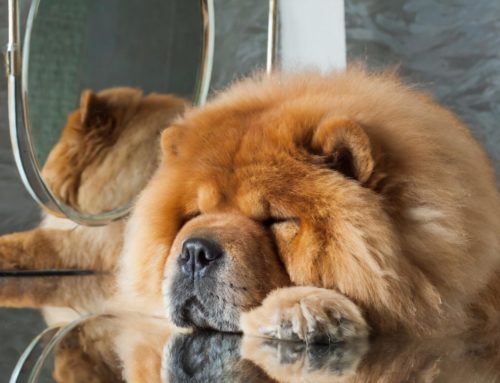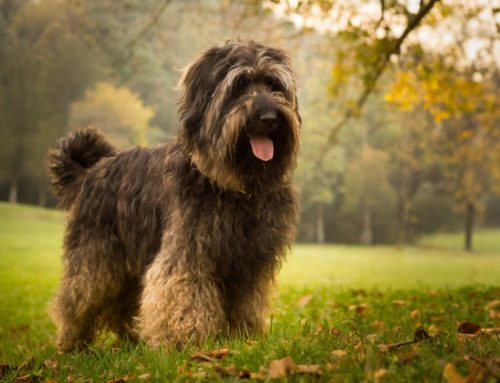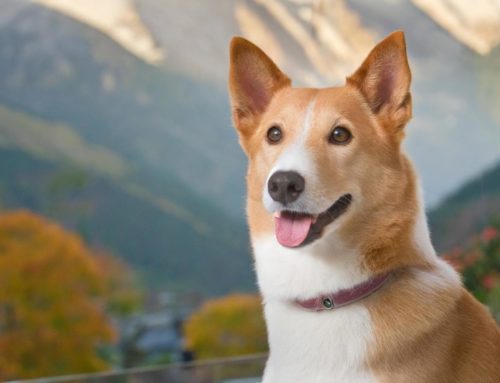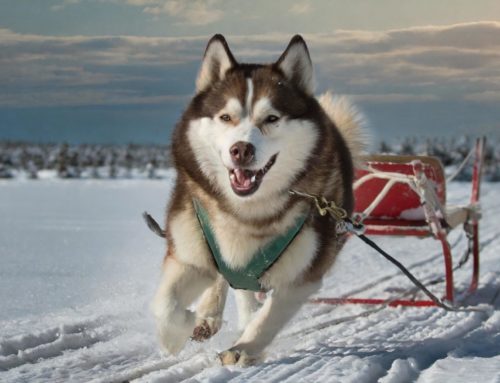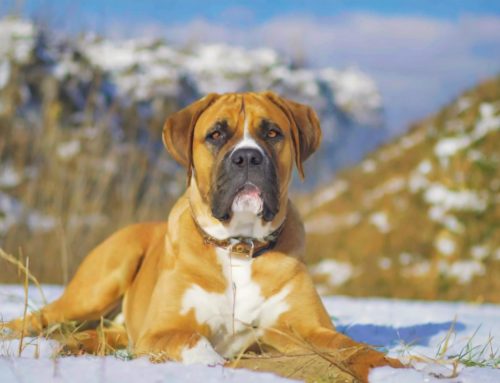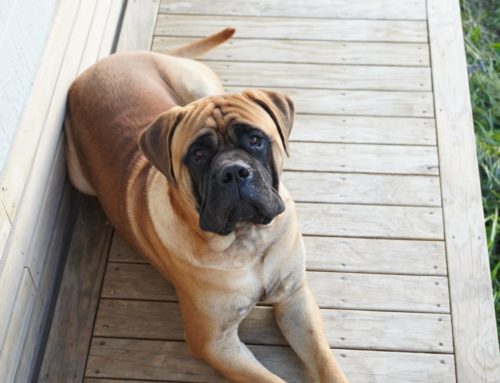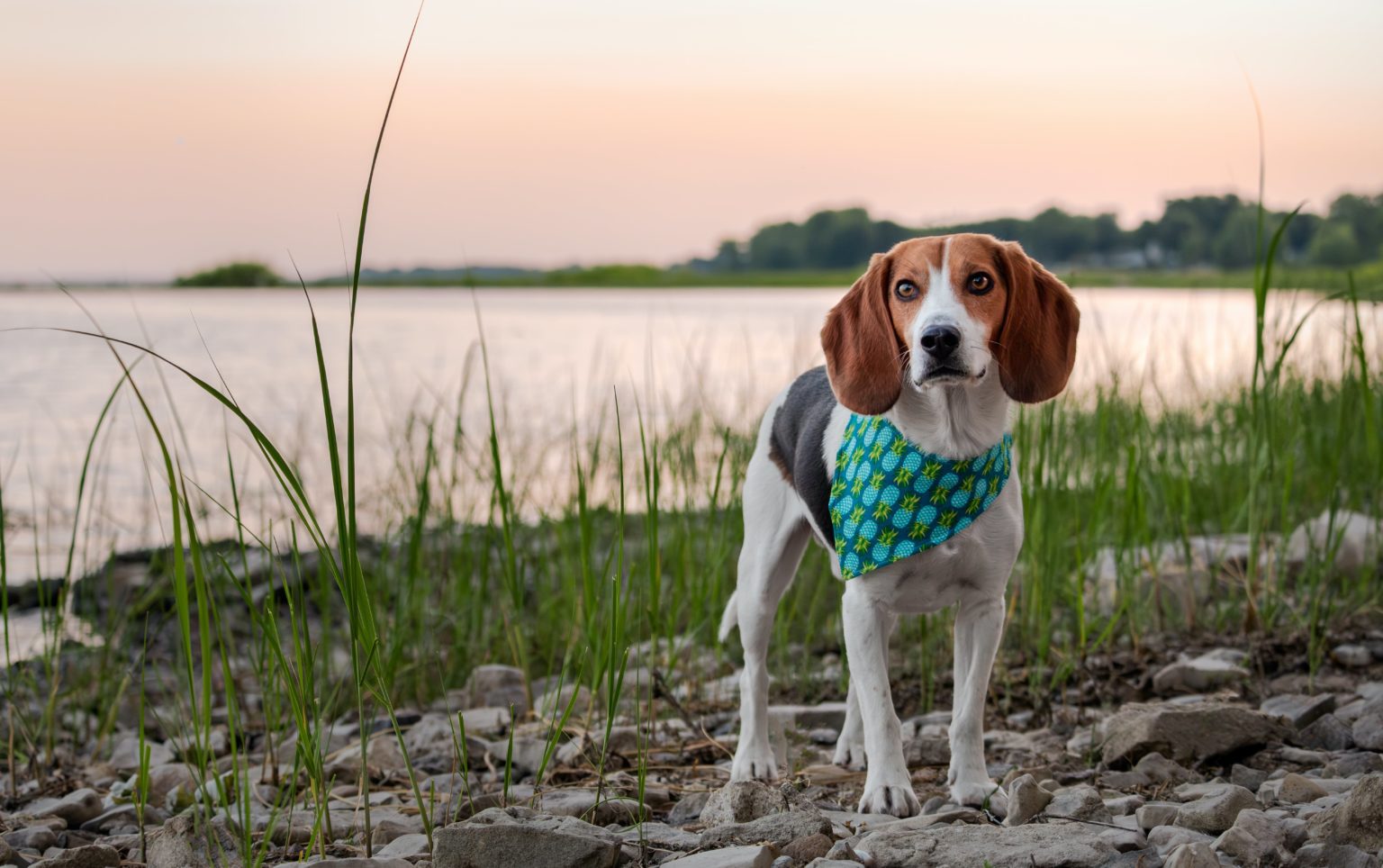
The Beagle-Harrier, a breed created from the cross between the Beagle and the Harrier, is a medium-sized hunting dog with unique characteristics. This cross was first realised by Baron Gerard, who crossed a Beagle with a Harrier to create a dog suitable for hunting in small packs.
These dogs are known for their lively and pleasant temperament, which makes them excellent family dogs, especially as they get along well with children. The Beagle-Harrier is built lighter than the Beagle and less powerful than the Harrier, but retains the best traits of both breeds.
Their coat is usually short, like that of the Beagle, and can be different colours, including the grey tri-colour variety. In terms of size, they are in between the Beagle and Harrier, often around 45 to 50 centimetres tall.
As a member of the FCI group of running dogs, the Beagle-Harrier needs a lot of exercise. Their muscular build and strong sense of smell make them good hunting dogs, suitable for hunting small game, such as deer and hares. However, they also make excellent pets, provided they receive proper care and sufficient exercise.
FCI group 6 scenthounds
The Beagle Harrier, a rare and intriguing breed of dog, belongs to the FCI Group 6. This group consists of scenthounds and related breeds, mainly bred for hunting by following scent trails.
The Beagle Harrier, originally from France, was created from a cross between the Beagle and the Harrier, with the aim of creating a dog suitable for hunting small game, such as hares and rabbits. The Beagle Harrier is known for its excellent sense of smell and outstanding hunting skills, making it a valuable companion for hunters.
The external characteristics of these Beagles
The Beagle Harrier, often considered a large Beagle or a small Harrier, exhibits characteristics of both breeds. This unique breed was created when Baron Gerard was the first to cross a Beagle with a Harrier. The result is a dog that lies between these two breeds in size and appearance, usually about 38 centimetres tall.
The Beagle Harrier has a strong and muscular build with an intelligent appearance, characterised by a fairly broad skull and a tapering straight nose bridge. Their coat is short and can vary in colour, including the popular grey tri-colour, as in some Beagles and Harriers, and black and white and yellow-brown are also common.
These dogs have a distinct coat that helps them stand out from other breeds. Their intelligent expression and alert demeanour reflect their background as hunting dogs. Originally bred for hunting in small packs in France, they are also popular pets today because of their pleasant temperament and good interaction with children.
Beagle Harrier health and hereditary diseases and disorders
A robust and energetic dog breed, the Beagle Harrier is not immune to certain hereditary diseases and disorders.
Here is a list of some common hereditary conditions that can occur in the Beagle Harrier:
- Hip dysplasia: A common condition in medium and large dogs, where the hip joint does not develop properly, which can lead to arthritis and pain.
- Elbow dysplasia: Similar to hip dysplasia, but in the elbow joint, which can result in lameness and discomfort.
- Epilepsy: A neurological disorder manifested by recurrent seizures.
- Hypothyroidism: A condition in which the thyroid gland does not produce enough hormones, which can result in symptoms such as weight gain and lethargy.
- Patella luxation: A condition in which the kneecap shifts out of its normal position, which can cause pain and lameness.
- Eye problems: Includes conditions such as progressive retinal atrophy, which can lead to blindness.
- Allergies and Skin problems: Beagle Harriers can be prone to allergies, which can cause skin irritation and itching.
- Ear infections: Because of their drooping ears, they are prone to ear infections, which should be checked and cleaned regularly.
The character and temperament of the Beagle Harrier
The Beagle Harrier, a breed created from the cross between the Beagle and the Harrier, has a character that combines elements of both original breeds. Your Beagle Harrier is likely to exhibit many of the character traits of both the Beagle and the Harrier.
These dogs are known for their good sense of smell, making them excellent hunters, able to penetrate even the densest brambles. They are often agile and courageous, suitable for hunting in small packs, but also uncomplicated and pleasant company in the house.
Beagle Harriers are generally affectionate dogs that get along well with children. Their nature makes them good family dogs, and they can be a joyous addition to any household.
In terms of appearance, they resemble the Beagle with their grey, tricolour or black and white markings, and they share the relatively uncomplicated and friendly temperament of both breeds.
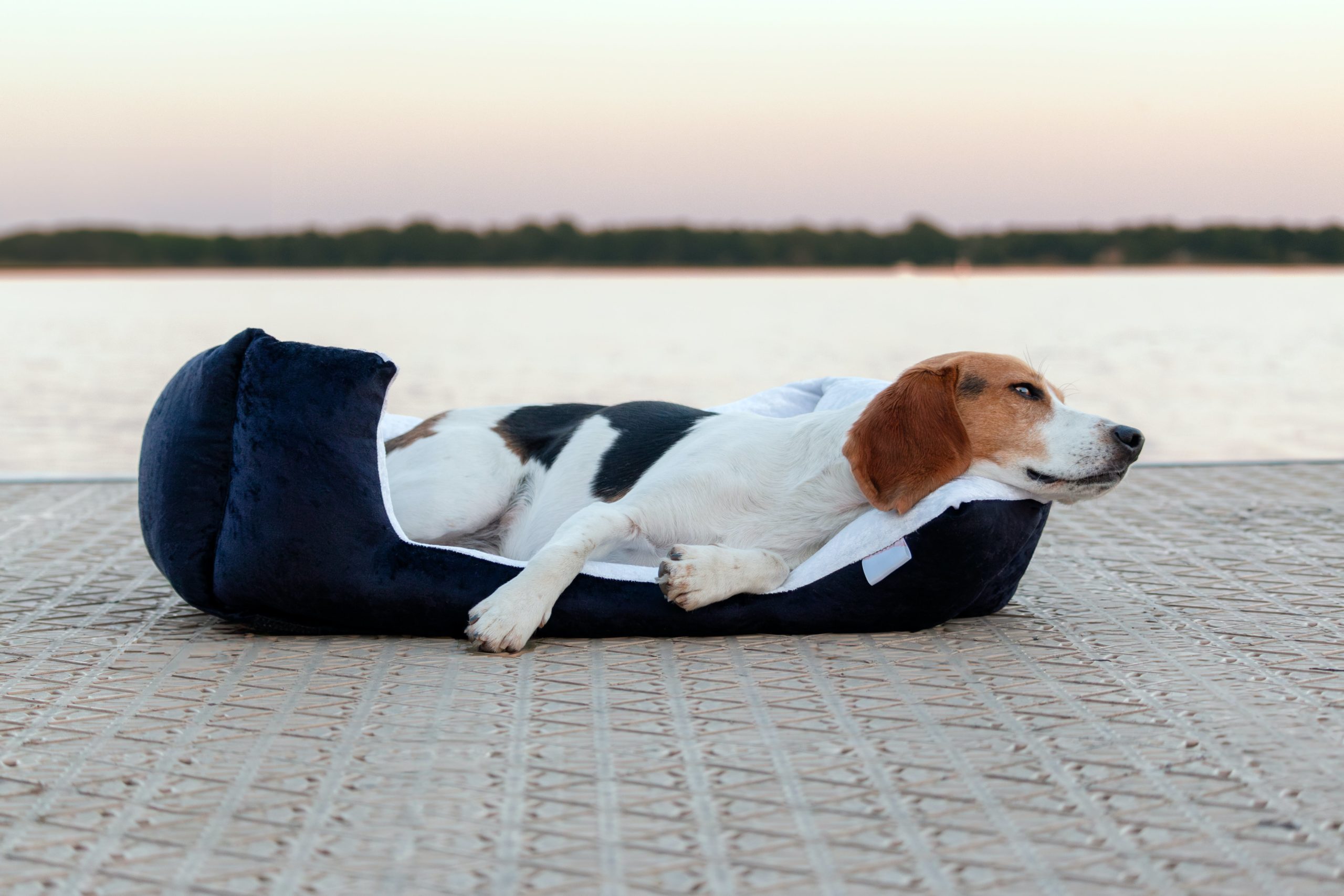
The Care of the Beagle Harrier
The Beagle Harrier, requires specific grooming to suit its unique characteristics. These dogs are known for their agile and courageous nature, and their grooming should support these traits.
In terms of coat care, Beagle Harriers have a short coat that is relatively easy to maintain. Regular brushing is important to remove loose hairs and keep their coat clean and healthy. The grey, tricolour or black and white coats of these dogs should be checked regularly for ticks and other parasites, especially as they like to wander through dense bushes.
These medium-sized dogs need plenty of exercise. Their excellent sense of smell makes them good tracking dogs, so activities that exploit this instinct, such as scavenger hunts, are recommended. It is important to make sure they get enough physical and mental stimulation to keep them happy and healthy.
Beagle Harriers are known to get along well with children, making them excellent family dogs. However, as with any breed, early socialisation and training is important to ensure they are well adjusted and show good behaviour.
Socialisation and upbringing of the Beagle Harrier
Bred from the cross between the Beagle and the Harrier, the Beagle Harrier is a medium-sized breed known for its agile and courageous nature. These dogs are relatively easy to train and have a pleasant temperament, which makes them a good choice for families.
When socialising and raising your Beagle Harrier, it is important to start from puppy age. These dogs are naturally good meow dogs and therefore get along well with other dogs.
It is essential to introduce them to different environments, sounds and people from an early age so that they grow into well-adjusted adult dogs. This also helps channel their natural hunting instinct in a positive way. Despite their ability to invade even the densest bramble, Beagle Harriers are uncomplicated dogs that are excellent family dogs.
They are known to get along well with children and are often affectionate and patient with young family members.
Training should be consistent and positive, using rewards and praise to reinforce good behaviour. Because of their intelligence and eagerness to learn, Beagle Harriers respond well to training, making the learning process enjoyable for both dog and owner.
How much experience does a Beagle Harrier require
A dog that shares many characteristics with the Beagle, the Beagle Harrier requires a moderate level of experience from its owner. Its agile and courageous nature, combined with its excellent sense of smell, makes it a good pack dog and a pleasant companion. This makes the Beagle Harrier suitable for both experienced and inexperienced owners.
For inexperienced owners, the Beagle Harrier can be a good choice because of its uncomplicated nature. These dogs are generally easygoing and get along well with children, making them an ideal family dog. Their medium size and the fact that they are not extremely demanding in terms of grooming makes them accessible to new dog owners.
However, experience may come in handy when managing their hunting instinct and energy level. Bred as hunters of deer and hare, these dogs can benefit from owners who understand how to channel their natural drives in a positive way. Regular exercise and mental stimulation are essential.
The Beagle Harrier is a breed that benefits from both physical activity and companionship. Members of a breed association can be useful sources of information and support, especially for new owners.
Is training necessary?
Training is essential for the Beagle Harrier. These dogs combine the traits of both breeds, resulting in an agile and courageous dog with an excellent sense of smell. Beagle Harriers, like Beagles, are intelligent and can sometimes be stubborn, which requires consistent and patient training.
Their training should start early, especially as they are naturally inclined to follow their noses. This can pose a challenge during walks, where their attention can be easily distracted by scents. However, a well-trained Beagle Harrier will be more responsive and listen better to commands.
These dogs are known to get along well with children, but as with any breed, it is important to socialise them well and train them on how to behave around young family members. Their determination and intelligence make them amenable to training, making them a pleasant companion in the home.
How much exercise does a Beagle Harrier need?
As a result of their heritage, Beagle Harriers are active dogs that enjoy long walks and play sessions. It is advisable to offer them at least one to two hours of exercise daily. This can include walks, running, and games that stimulate both their bodies and minds.
Their exercise needs can also be met by activities such as agility training or tracking, which is in line with their natural instincts. These dogs are known to get along well with children and are a pleasant companion in the home.
However, it is important to make sure they get enough exercise so that they can channel their energy in a positive way and do not get bored.

How is it getting along with children?
This crossbreed, initiated by Baron Gerard, has resulted in a dog that combines the best traits of both breeds: the Beagle’s friendliness and playful nature and the Harrier’s intelligence and hunting instinct.
When dealing with children, the Beagle Harrier shows itself to be an uncomplicated and affectionate dog. Its friendly and patient nature makes it an ideal playmate for children. These dogs enjoy interaction and are often tolerant and gentle in their behaviour, which makes them very suitable for families.
Although Beagle Harriers are relatively easy to handle, as with any dog, it is important to teach both dog and children how to interact safely and respectfully. Supervision during play is recommended, especially with younger children.
Benefits of a Beagle Harrier
- Good with Children: Thanks to their friendly and patient nature, Beagle Harriers are excellent with children.
- Affectionate and Loyal: They are known for their affection and form strong bonds with their family members.
- Active and Energetic: These dogs love physical activity, which makes them great companions for active families.
- Intelligence: Beagle Harriers are smart and can be trained well, provided the training is consistent and positive.
Disadvantages of a Beagle Harrier
- High Exercise Level: They require a lot of exercise, which can be a challenge for less active owners.
- Hunting instinct: Their strong hunting instinct can be a challenge while walking, especially if they catch a scent.
- Stubbornness: Sometimes they can be stubborn, which requires patience and perseverance in training.
- Health problems: As a crossbreed, they can be prone to certain health problems from both parent breeds.
How old will a Beagle Harrier get?
The life expectancy of a Beagle Harrier, a cross between the Beagle and the Harrier, usually varies, but they can live between 12 to 15 years on average. As with all dogs, their lifespan is affected by several factors, including genetics, lifestyle, diet and overall health care.
Price of a Beagle Harrier
Acquisition:
- Adoption: Your best chance of finding a Beagle Harrier is through adoption at a shelter or rescue organization. Many shelters and rescues have mixed breed dogs, and some might have a Beagle or Harrier mix that shares the characteristics you’re looking for.
- Breeders: While uncommon, some breeders might specialize in mixed breeds, and there’s a slight possibility you could find a Beagle Harrier this way. However, reputable breeders typically focus on established breeds.
Price:
- Adoption Fees: Adoption fees at shelters and rescues typically range from $50 to $500, depending on the location and organization. Adoption fees often cover spaying/neutering, vaccinations, and microchipping, making it a very cost-effective way to get a dog.
- Breeders: If you find a breeder offering Beagle Harrier puppies, expect a price potentially ranging from $800 to $1,500, considering the price range of purebred Beagles and Harriers. However, as mentioned before, reputable breeders typically focus on established breeds.
Similar Breeds to Consider:
If you love the potential traits of a Beagle Harrier, such as their hound instincts, playful personality, and hunting skills, here are some similar breeds to consider:
- Beagle: Merry and friendly hounds with a strong sense of smell. Prices typically range from $600 to $1,200 (adoption fees are significantly lower).
- Harrier: Energetic and athletic hounds bred for hunting hares. Prices typically range from $800 to $2,000 (adoption fees are significantly lower). They are larger and require more exercise than Beagles.
- Basset Hound: Gentle and affectionate hounds known for their distinctive drooping ears. Prices typically range from $800 to $1,500 (adoption fees are significantly lower). They are less energetic than Beagles and have shorter legs.
Additional Tips:
- Do your research: Both Beagles and Harriers are known for their vocalizations (baying and howling) and strong prey drives. Ensure these traits align with your lifestyle before considering a Beagle Harrier mix.
- Adoption Benefits: Adoption is a great way to give a loving home to a dog in need. Many mixed breed dogs, including potential Beagle Harrier mixes, end up in shelters or rescues. These dogs can be just as wonderful companions as purebred dogs.
- Training and socialization: Beagles and Harriers are intelligent but can be stubborn. Early training and socialization are crucial for a well-adjusted adult dog, regardless of whether you choose a purebred dog or a Beagle Harrier mix from a shelter.
- Exercise needs: Beagles and Harriers are energetic and require daily walks, playtime, and mental stimulation to prevent boredom and destructive behaviors. A Beagle Harrier mix would likely share similar needs.
